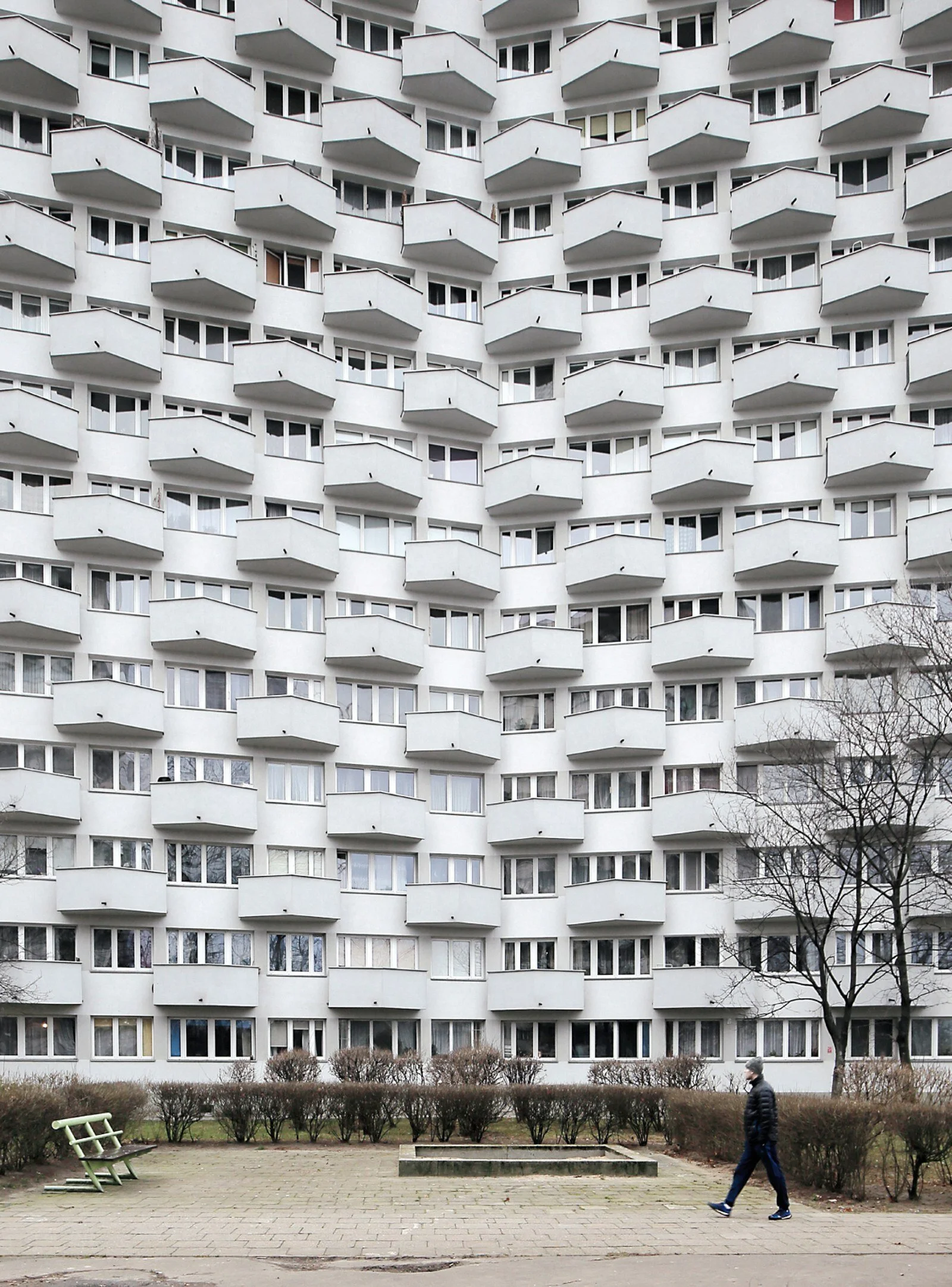When communist regimes disappeared in a mad rush across Central and Eastern Europe at the end of the last century borders were flung opened, dictators tumbled, capitalism rushed in, and lives were turned upside down. What remains decades after this unprecedented social experiment? This class examines the traces of state socialism into the present, looking specifically the political and social implications of its material culture. Among the questions it raises are: How does the post-socialist present invoke and appropriate the socialist past? How do socialist buildings, objects, and art become vested with new social meanings and symbolic powers? What happens to the signs and symbols of socialism when they are de-contextualized and re-contextualized in the context of a capitalist consumer society? Why do material legacies become a privileged site for controversies over the role of democracy, identity, gender and autonomy? Over the semester we will trace the lives of socialist-era objects through four areas where the past reappears today: in consumption (commodification of the past and nostalgia for communism), in the museum (the question of “proper” treatment of objects of everyday life), in the city (heritage and preservation of buildings, monuments, and urban planning), and in art (symbolic re-assessments and re-assignments). Comparative examples will be drawn widely from countries of the former Soviet bloc. The course is at once an investigation into the contemporary post-socialism condition, an inquiry into the role of capitalist modes of consumption in structuring a usable past, an exploration of the phenomenon of nostalgia for communism, and an ethnographic look at the politics of everyday life.
